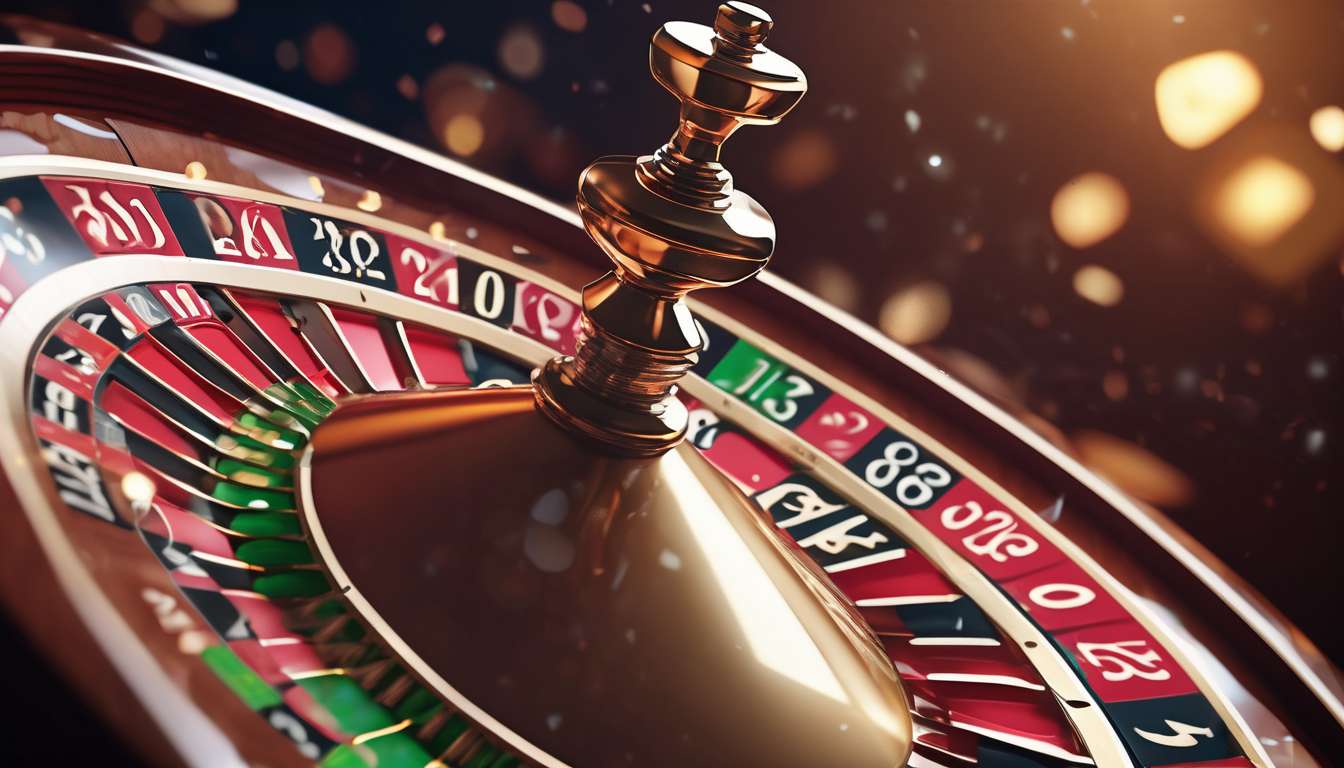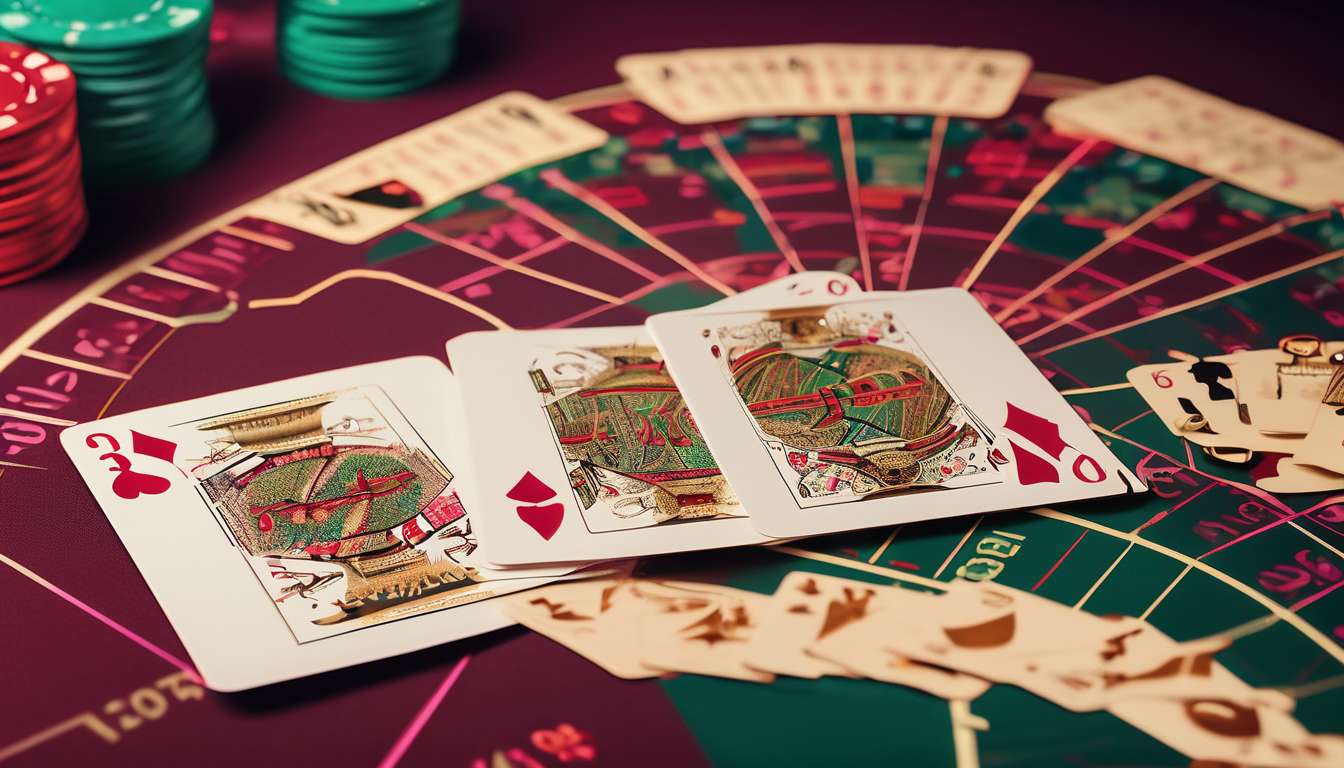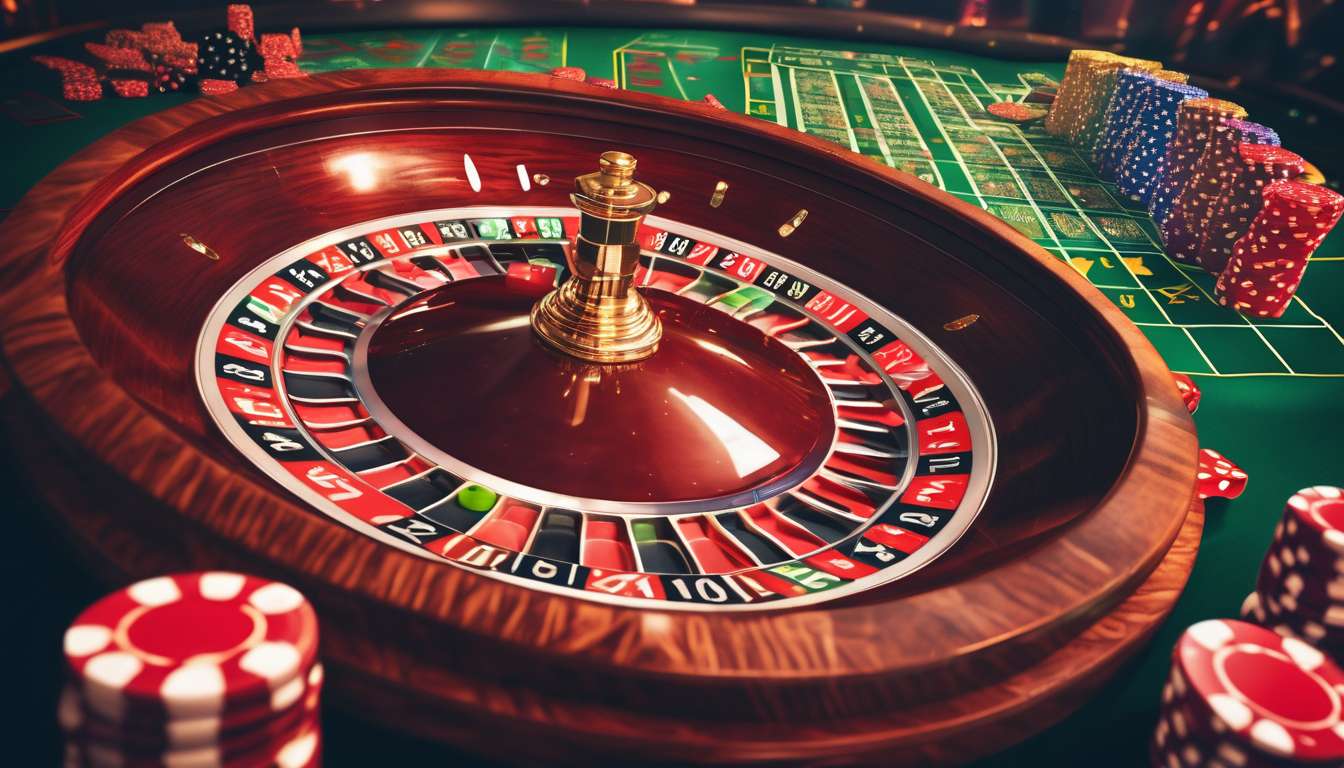Casino Game Research: Academic Study Methods
In our pursuit to understand the fascinating world of casino games, we embark on an academic journey that explores the intricate methods of research employed in this field. As researchers, we delve into the psychology, mathematics, and behavioral patterns that underpin the allure and mechanics of these games. Our study is guided by a desire … Read moreCasino Game Research: Academic Study Methods










